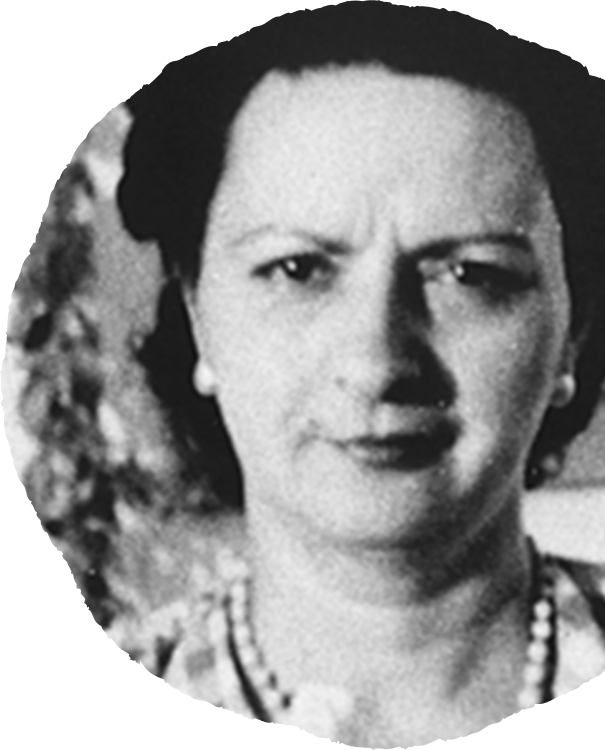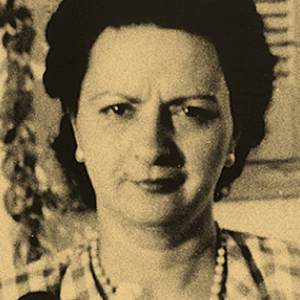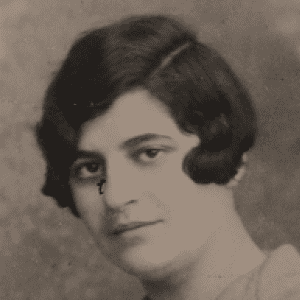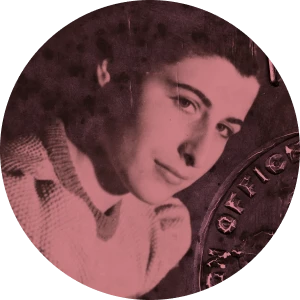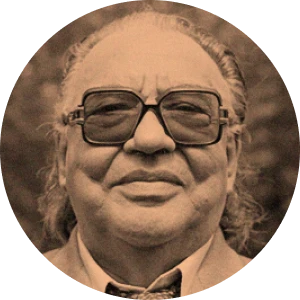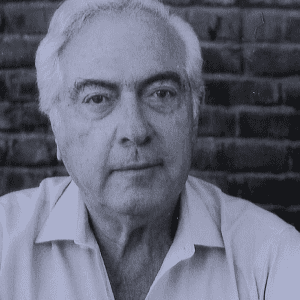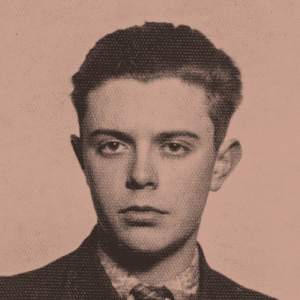Eda de Botton was born in Thessaloniki in the early 1920s.
She lived in the city with her husband, Alvertos, and gave birth to a daughter, Reina, in 1942.
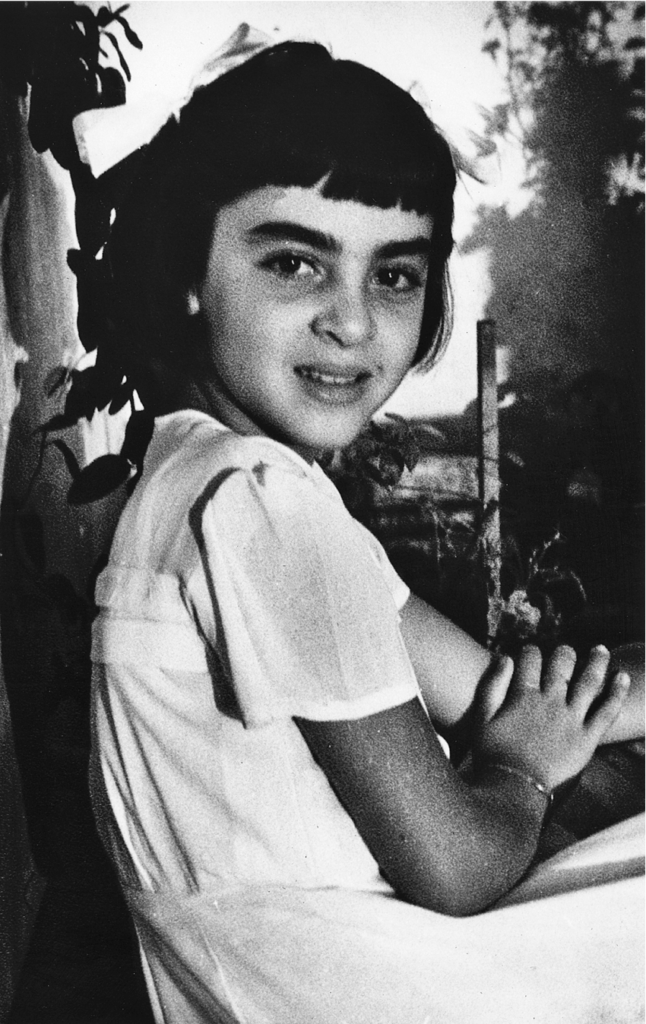
THESALLONIKI

Shortly after their daughter was born, conditions imposed by the Nazis meant the family had to flee. Alvertos went to the mountains where he joined the resistance movement, Reina was sent to a Catholic convent where she would be safe, and Eda was confined in the ghetto, before being transported from there to Bergen-Belsen concentration camp in 1944.
Shortly after Eda’s daughter was born, conditions imposed by the Nazis meant the family had to flee
BERGEN-BELSEN
Incredibly, Eda survived her time at Bergen-Belsen and was reunited with her daughter in Paris in 1946. She then returned to Greece, where she lived until her death in 1990.
